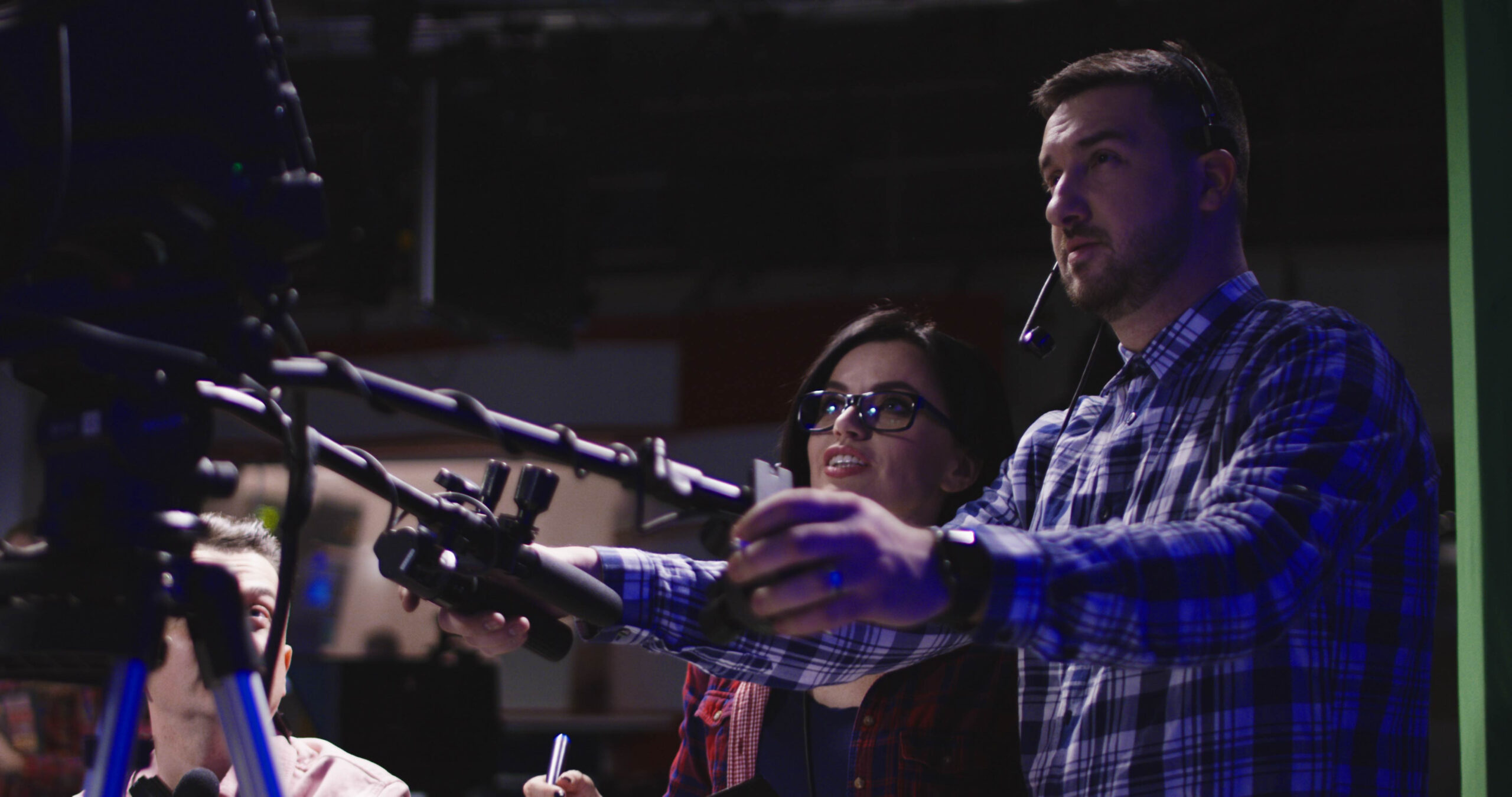We’ve all made the shift to virtual meetings—because we had to. We were riding the bike while building it, and despite some early stumbles, most of us have mastered the basics.
Now we’re onto the next challenge: making the virtual event a great online experience. The competition is fierce: a barrage of content from a multitude of channels all vying for your attention. How can your digital meeting beat a Netflix binge or mindless scrolling?
Here are five tech tips to make your virtual event engaging.
Cut the Quality and You’ll Cut Your audience
Broadcast quality is a must, both in terms of the image quality, as well as how the event is produced. In the early days of the pandemic, attendees were more accepting of bad camera angles, awkward transitions between segments, or video that looked grainy.
But we’re not so forgiving anymore. You need to invest in a platform that supports high-quality broadcast video, and you need skilled professionals who can design compelling content to keep your audience engaged. If working with an event agency, make sure to ask specific questions before you hire a firm for your next virtual event around their production background.
Read More: Virtual Meetings Are Missing These Two Things, Meta Is Working on a Fix
Engage All the Senses

For other senses, consider sending an event box full of items to appeal to all the senses. Maybe a fidget toy to keep their fingers busy (and away from clicking on other tabs!). Maybe it’s sensory putty with calming or invigorating scents to make this a two-for-one win!
Food is another way to keep the audience in front of your presentation, instead of getting up to go to the fridge. And don’t forget “old school” notebooks. Writing down information makes it stick, so give them a nudge to take notes.
Plus, anything you send attendees gives the organization another avenue to layer the learning (colors, themes, swag).
Meet the Demand With On-demand
Attendees may not be watching the event in real-time. Or more than likely, they were, but they missed some key content, so they want to watch parts of it again.
Beyond having the presentations available on demand, which has become fairly standard, what about sharing supporting documents? Or background information that will help attendees learn faster?
Before saying “no” to anything that’s not a video, remember not everyone is an auditory learner. Some people prefer to read to learn, and some like to do both—make sure those options are available. (And speaking of how people learn, make sure your technology platform supports the differently abled or those who don’t share the native language of the presenters.)
And what about “behind the scenes” content? Authenticity is a high value right now. Show them what you put into the event and tell them why.
It’s Not All About the Tech: Make Sure the Content Connects
While your technology can’t be an after-thought or “good enough,” content still counts. TED Talks are known for their speaker-based content— meaning, no flashy animation or stunts—that gain millions of online views.
Take the concepts that make those talks successful and apply them to your presentations. Keep the talk focused on a singular idea; relate your idea to a story (the universal attention-getter); back up the idea with data; make it personal; and make it actionable.
Bottom line: encourage speakers to move away from the “we have to tell them” mindset and keep the focus on: what do I want my audience to think, feel or do after they’ve heard me? Distill that idea into one sentence. It’s hard to do, but good discipline to make sure the presentations win a double-A—for both attention and action.
Read More: Tech Tips From the Top: Breaking Barriers and Defining Hybrid
Details Add Up
Last but not least, don’t overlook the small details. Make sure registration is easy to navigate, choose a mobile-friendly platform, and one with engagement options built-in (Q&A, chat, polling). Have tech support ready to help in real time. As we all know, you can’t predict what technology problems will pop up out of nowhere! A distracted audience is a lost audience.
Corporate events probably won’t win Oscars any time soon, but they can be just as engaging as an award-winning movie, if we think of it as a production — with all the related quality — not just an event online.
Melissa Patruno, Executive Producer at Bishop-McCann, has been helming events for Fortune 500 and 100 companies since 2011. With her Digital Event Strategist (DES) certification from PCMA, Melissa has been the driving force behind Bishop-McCann’s virtual event strategy.




